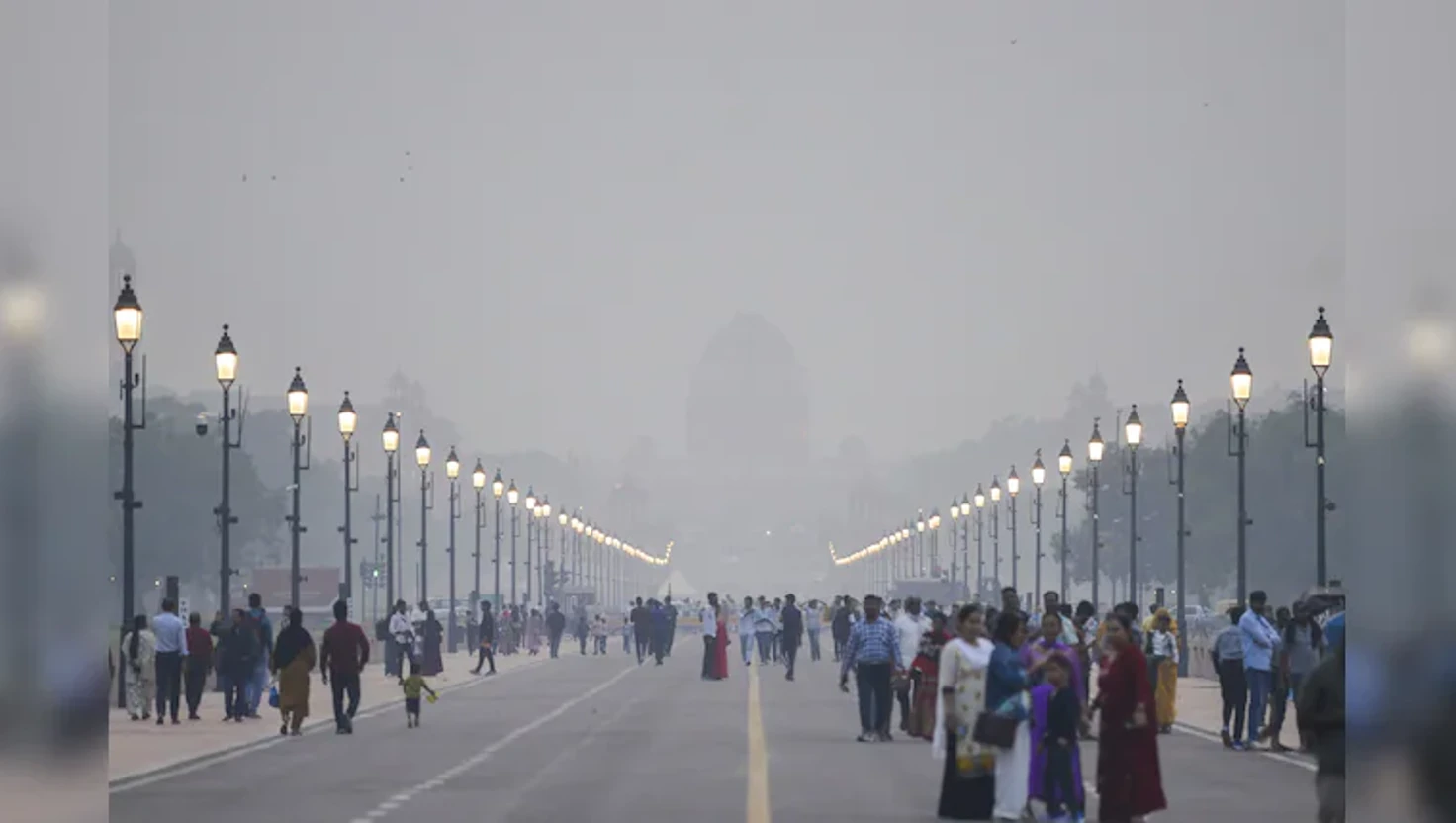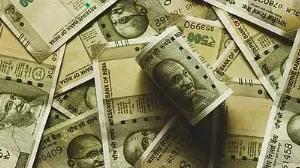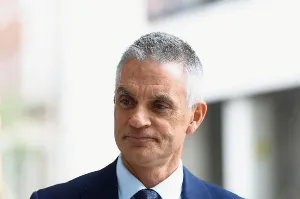Protests Erupt in New Delhi Over Escalating Air Pollution Crisis

On Sunday, November 9, 2025, hundreds of citizens gathered in New Delhi to voice their concerns over the escalating air pollution levels that have enveloped the Indian capital. The protest, which took place at India Gate, highlighted the urgent need for government intervention to address the deteriorating air quality that poses significant health risks to residents.
As of Monday morning, the air quality index (AQI) in New Delhi reached a concerning level of 344, categorised as 'severe' and deemed hazardous for public health. This alarming statistic has drawn attention from both citizens and health experts, who have long warned about the implications of poor air quality on respiratory health.
Protesters, including many parents and environmental activists, expressed their frustrations by wearing masks and carrying various placards. One notable sign read, "I miss breathing," reflecting the dire sentiment shared by many. A protester who identified herself only as Meghna stated, "I am here just as a citizen who cares and who is worried about the state of situation that we are in with respect to the lack of clean air to breathe."
Despite the peaceful nature of the demonstration, police intervened, confiscating placards and banners and urging the crowd to disperse, citing the absence of permission for the assembly.
The worsening air quality has prompted an increase in health complaints among residents, including severe headaches and persistent coughing. Many have expressed growing dissatisfaction with local politicians, who are perceived as deflecting responsibility rather than implementing effective solutions to combat the annual air quality crisis.
New Delhi, home to more than 30 million people, consistently ranks among the most polluted cities globally. According to a report from IQAir, a Swiss air quality monitoring organisation, India is home to six of the ten most polluted cities worldwide, with New Delhi being identified as the most polluted capital city.
The situation often intensifies during the winter months, as nearby agricultural practices, including the burning of crop residue, contribute to the pollution. The cooler weather conditions trap smoke and other harmful emissions, exacerbating the already critical levels of air pollution. Furthermore, Delhi's typically dry and windless winters allow toxic particles to linger in the atmosphere, sometimes pushing pollution levels to 20 times the limits recommended by the World Health Organization.
In response to the crisis, local authorities have implemented temporary measures such as banning construction activities, limiting the use of diesel generators, and even experimenting with cloud seeding to induce rainfall. However, critics argue that these short-term solutions are insufficient and that substantial, long-term strategies are necessary to effectively reduce emissions and improve air quality in the capital.
As the protests continue, the call for accountability and effective action from the government grows louder, reflecting the urgent need for a comprehensive approach to tackling the air pollution crisis in New Delhi.

New Age IPOs Struggle Amid Declining Investor Sentiment

Gold Prices Set for Annual Gains Despite Upcoming Corrections

Goldman Sachs Upgrades Indian Equities, Sets Nifty50 Target at 29,000

Indian Rupee Declines to 88.71 Against US Dollar as Oil Prices Rise





